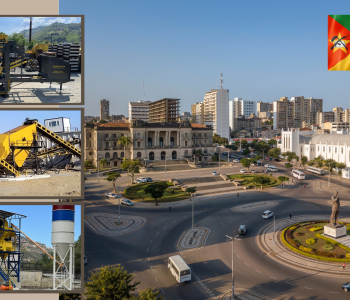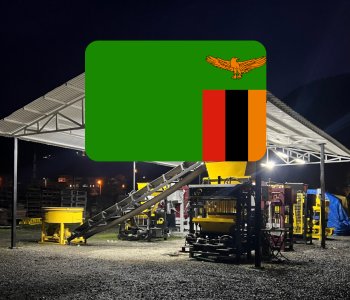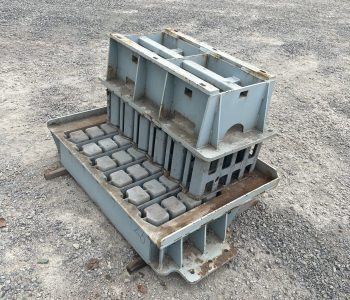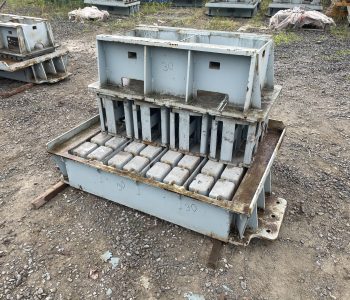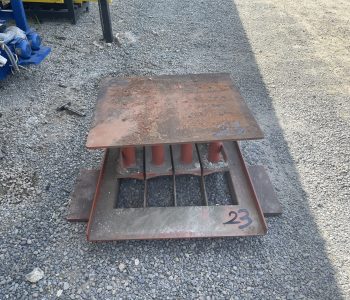Discovering Dakar: Senegal’s Capital City
Introduction
Dakar, the lively capital of Senegal, represents a city where historical depth and modern vibrancy converge. Positioned on the Cape Verde Peninsula along the Atlantic Ocean, this bustling urban center is Senegal’s largest city and serves as its main political, economic, and cultural hub. With its rich heritage, dynamic cultural scene, and expanding infrastructure, Dakar is rapidly evolving.
A Brief History of Dakar
Dakar’s origins date back to the 15th century when it began as a modest fishing village. The name “Dakar” is thought to derive from the Wolof word “dakhar,” referring to a local shrub.
During the French colonial period, Dakar developed into a crucial port and trade center. By the late 19th century, it was established as the capital of French West Africa, a role it retained throughout the colonial era. Following Senegal’s independence in 1960, Dakar became the capital of the new nation and has since grown into a major urban and economic hub in West Africa.
Recent News from Dakar
Dakar has recently been the focus of several significant developments. The city is experiencing rapid urban growth, driven by numerous infrastructure projects aimed at modernizing its transportation and public facilities. The government is actively working on improving road conditions and upgrading public transit systems.
Additionally, Dakar is prioritizing sustainability and environmental concerns. New waste management programs are being implemented, and there is an increased emphasis on adopting sustainable building practices to minimize environmental impact.
The Growing Construction Sector in Dakar
A notable aspect of Dakar’s transformation is the boom in its construction sector. As the city expands, the demand for new residential, commercial, and infrastructural projects has surged. New buildings are going up, older structures are being renovated, and entire neighborhoods are being redeveloped.
Key projects include new residential complexes, commercial centers, and crucial infrastructure like roads and bridges. This surge in construction has led to increased demand for advanced machinery and technology to support these developments.
Common Construction Machinery in Dakar
- Concrete Block Machines
Concrete block machines are vital for producing walls, pavements, and various structures. They are available in several types, including:
- Automatic Block Machines: These machines automate the entire block production process, including mixing, molding, and curing, making them highly efficient for large-scale operations.
- Semi-Automatic Block Machines: These require some manual operation but still offer notable productivity improvements over purely manual methods.
Common types of blocks produced include hollow blocks, solid blocks, and interlocking blocks, each designed for specific construction needs.
- Concrete Batching Plants
Concrete batching plants are essential for producing large volumes of concrete. They are available in two main varieties:
- Stationary Batching Plants: Fixed in place, these are ideal for large-scale projects due to their high production capacity and consistent output.
- Mobile Batching Plants: Designed for flexibility, these portable plants can be moved from site to site and are suitable for projects requiring varying locations or smaller quantities of concrete.
- Crushers
Crushers are crucial for processing and recycling construction materials. They come in two primary forms:
- Mobile Crushers: These crushers are mounted on tracks or wheels, allowing them to be moved easily between different sites, making them ideal for operations that require mobility.
- Stationary Crushers: Fixed in one location, these crushers are used for larger, more permanent operations and can handle substantial volumes of material.
Common types of crushers include:
- Jaw Crushers: These use compressive force to break down materials and are effective for primary crushing applications.
- Cone Crushers: Using a rotating cone to produce finer materials, these crushers are typically used in secondary and tertiary crushing stages.
- Impact Crushers: These utilize impact force to break materials and are suitable for producing high-quality aggregates.
Conclusion
Dakar’s transformation into a modern metropolis illustrates its dynamic growth and resilience. The city’s construction sector plays a crucial role in this evolution, driving progress with sophisticated machinery and technology. As Dakar continues to expand and develop, it not only mirrors broader trends in urbanization but also sets a standard for other cities in the region. With a robust construction industry supporting its advancement, Dakar is well-positioned to embrace its future and strengthen its role as a major and influential capital city in Africa.
